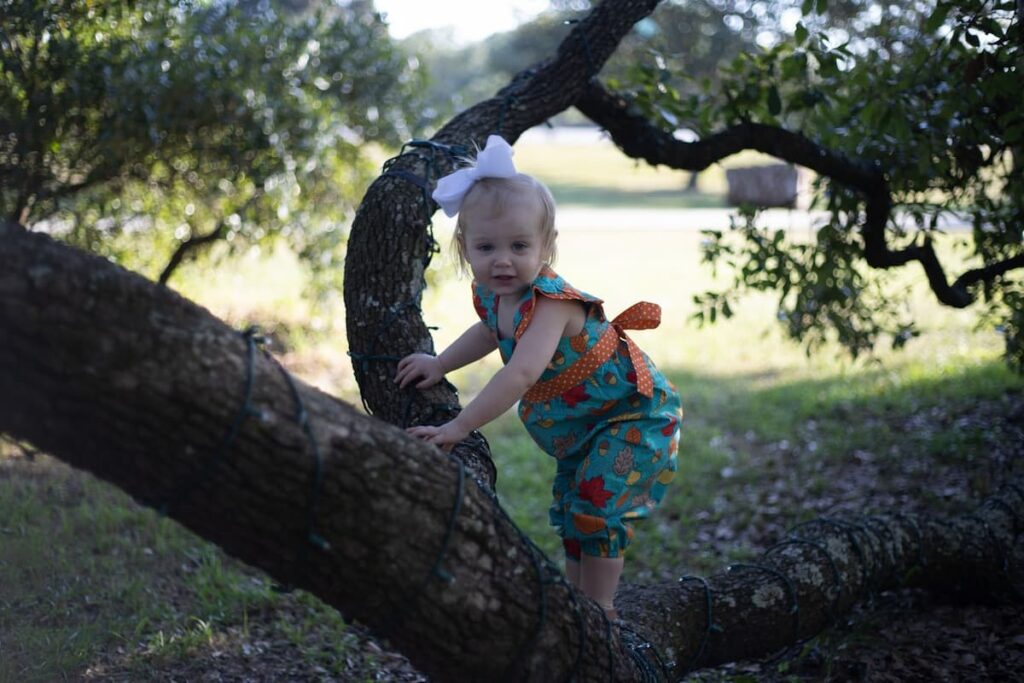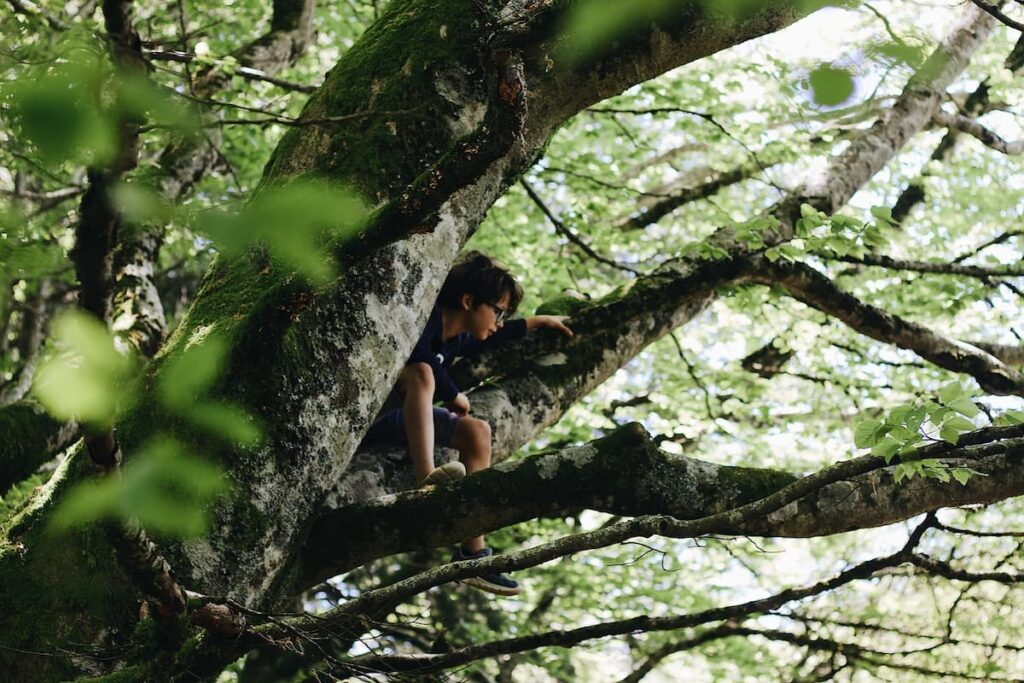Risky play is vital for children’s current and future academic and life skills, well being, satisfaction, and development. Risky play also helps youngsters develop growth attitudes and resiliency. Tree climbing is one example of a dangerous sport. However, many schools, parks, and local policies restrict tree climbing.
Children who climb trees for fun are generally more active than those who didn’t climb a tree. According to a study, climbing a tree and balancing on a beam can significantly increase cognitive ability. The findings in the study imply that these forms of physical training can improve the working of memory in just a few hours.
When you climb a tree, you choose which branch to grab, you physically move from one location to another, and you use proprioception to avoid falling out of the tree or hitting your head. Tree climbing is an excellent training regimen for your working memory because it combines multitasking and real-time problem-solving.
Tree climbing is enjoyable and a part of childhood. Parents want their children to have some of the same delights that they did when they were young. Mover-over, tree climbing allows youngsters to learn skills, connect with nature and negotiate risk.
Table of Contents
ToggleOther ways to climb
If your backyard tree lacks sufficient branches, you can purchase an arboreal tree climbing system and outfit your yard with environmentally friendly climbing holds. You can even buy a Universal Mount to belay your family up and down your new route safely. There are also many adventure parks and high ropes courses around the world, and the obstacles in these courses will provide the unpredictable movement necessary to stimulate your working memory. It also stands to reason that rock climbing could offer the same benefits as tree climbing. Climbing gyms are sprouting up all over these days. Climbing gyms provide routes of varying difficulty, so they are likely to have something tailored to your specific skill level.
Children who climb trees for fun are generally more active than those who didn’t climb a treeAccording To Studies
How does climbing a tree effect your memory?
Tree climbing is a high-risk recreational activity with numerous advantages for a growing child. Climbing effect on the memory in the following ways:
- Climbing trees can assist in the development of physical strength.
- Climbing trees can aid the development of focus and concentration.
- Climbing trees can increase one’s self-esteem and confidence.
- Climbing trees causes the brain to develop a new, more complicated neural network.
- Climbing trees helps you to create a strong “I can do it” mindset.
- Climbing trees assists children in developing problem-solving skills.
- Climbing trees allows creating a solid bond with ourselves.
- Climbing trees gives a rich sensory experience.
- Climbing trees teaches us to think for ourselves and to feel compassion for others.

Why might climbing a tree help you think more clearly?
Vigorous physical activities that involve all four hemispheres of the brain, including both hemispheres of the cerebrum (Latin for the brain) and both hemispheres of the cerebellum (Latin for little brain), optimize brain structure, function, and working memory, according to an educated assumption.
“Improving working memory has the potential to improve so many aspects of our lives, and it’s amazing to see how proprioceptive activities can improve it in such a short period.” Tracy Alloway said.





